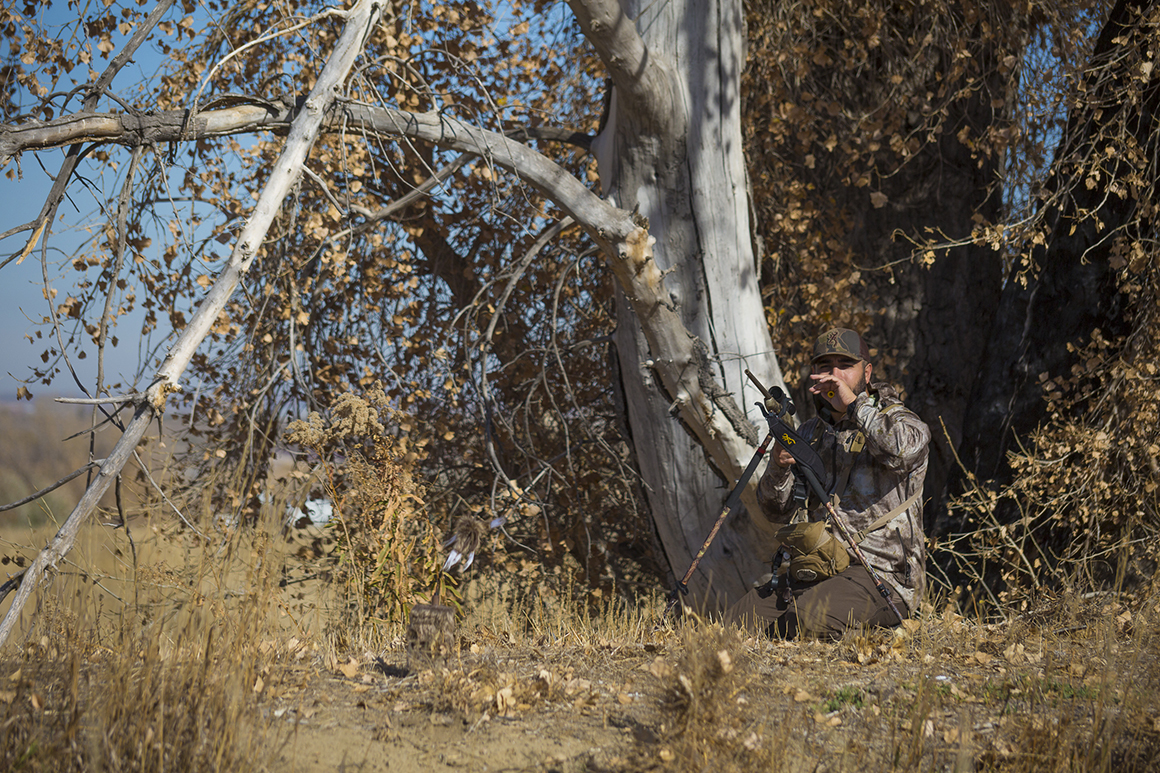It’s Predator Time!
We are heading into prime predator season. In most parts of the country, this is usually the time when bobcat seasons run, and even though coyotes can be hunted almost anywhere year round, now is when the stars align for them, as well as Lynx rufus. Other hunting seasons are dying down, so there is more opportunity out there to hunt predators (check your local hunting regulations for seasons and rules before going out). Winter is also generally the start of the breeding season for both “song dogs” and bobcats, the time when they will be more actively seeking mates, so will be more on the move. And of course, winter is the time for taking pelts that will be as good as they get.


Late fall and winter will also see young bobcats and coyotes moving away from their parents to establish their own territories, which means there are more inexperienced predators on the move. Both species share much of the same animal diet. Differences would be that coyotes can be more adept at taking down larger animals in packs, are more likely to feed on carrion than bobcats, and are far more opportunistic about what they will eat; but rabbits, squirrels, birds, and anything else that is meal-sized and not hibernating in a den somewhere, including young and weak deer, are fair game for both about now
Food is a good place to start looking for both. If you know where the cottontails are, the predators may be close by. Look for tracks and scat and evidence of kills. You can locate distant coyotes with a howler call; but any scouting for predators is hunting for predators, so howling could bring one in. Have full camo clothing (it is believed that coyotes see blues particularly well, so skip the blue jeans), predator calls, and your predator rifle with you whenever you are in the field, even if you think you’re just having a look around.

Calling is an art that is only mastered by serious practice. You can listen to taped predator calls (dying rabbits, fawn bleats, mouse coaxes, etc.), and work on reproducing them before you head out–unless you have a soundproof room (and why, exactly, would you have a soundproof room?), you might want to wait until the rest of family has gone to the movies or something before perfecting your calls. If it is legal, though, there is no shame in using electronic calls, at least when you are beginning your predator-hunting career. Find some good background on calling techniques and tactics–like where to look for sign, where to set up, learning not to overcall, or undercall for that matter. There are numerous books and DVDs on the subject. Google some of the predator-hunting forums and get an idea of which ones are the most recommended. Remember, though, if you’re a Westerner, you want information on calling in the West. If you’re an Easterner–you get the idea.
One thing to consider is the visual component of predator hunting. Coyotes and bobcats make their livings hunting with their eyes as much their ears and noses. Camouflage has been discussed; but to refine it more, look for a pattern that matches the surrounding vegetation or conditions such as snow. Both your face and hands need to be covered and don’t overlook a detail even as niggling seeming as the soles of your boots–you’ll likely be sitting on the ground with your feet sticking out; no need to advertise.
Along with taking away from the visual, be sure to add to it with a good decoy, either stationary or an electronic motion one. The decoy serves a number of functions. Predators will hear a call and move to a position to try to locate the source of it by sight, and a decoy gives them that. A decoy can also give a predator the confidence to come in those last few yards when it might want to hang up out of sure range. Thirdly, and maybe most important, it focuses the attention of the predator off the hunter, especially if he has to move to line up a shot.
Finally, there is the always entertaining debate about which caliber for predators. This can go around and around in circles. Cut to the chase–if there is a better all-around caliber for coyotes and bobcats than the 22-250, I can hardly think of what it may be. Argue if you want, but sometimes things can be that simple; and wouldn’t you rather take the time to be hunting predators instead?
Follow Browning Ammunition’s social media channels for more hunting and shooting tips and updates on Browning Ammunition supported events and promotions on Facebook, You Tube, Instagram and Twitter.



